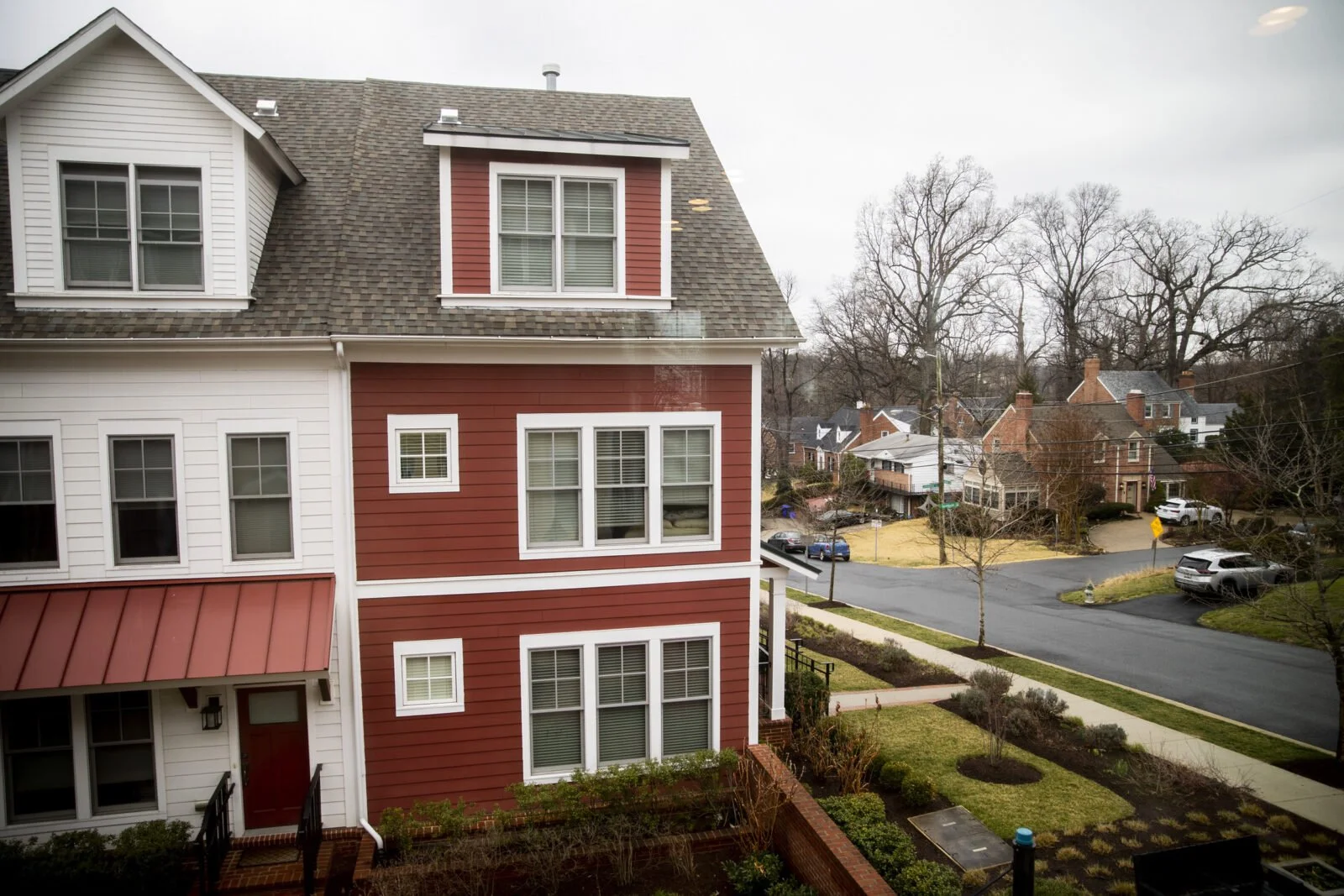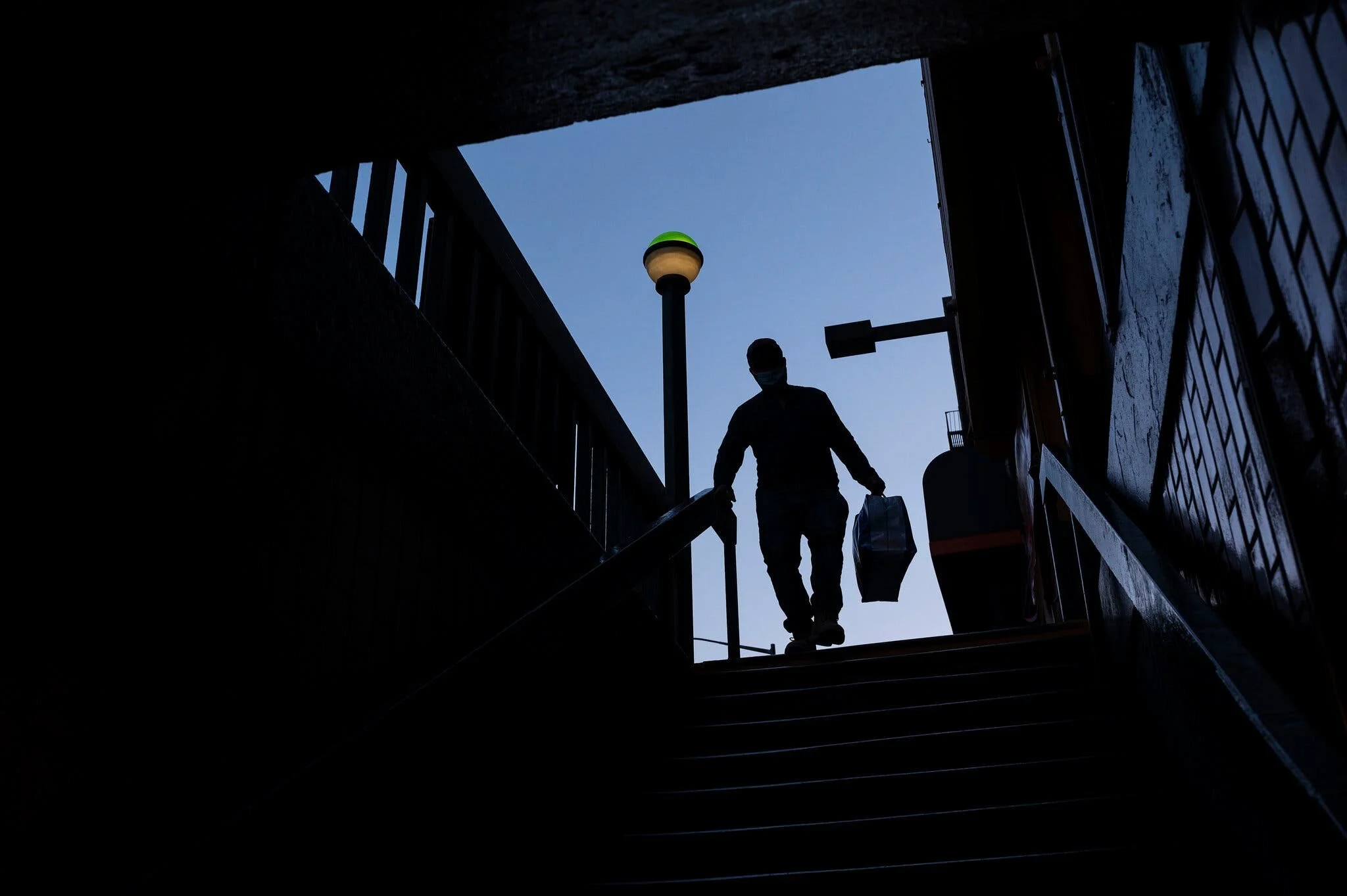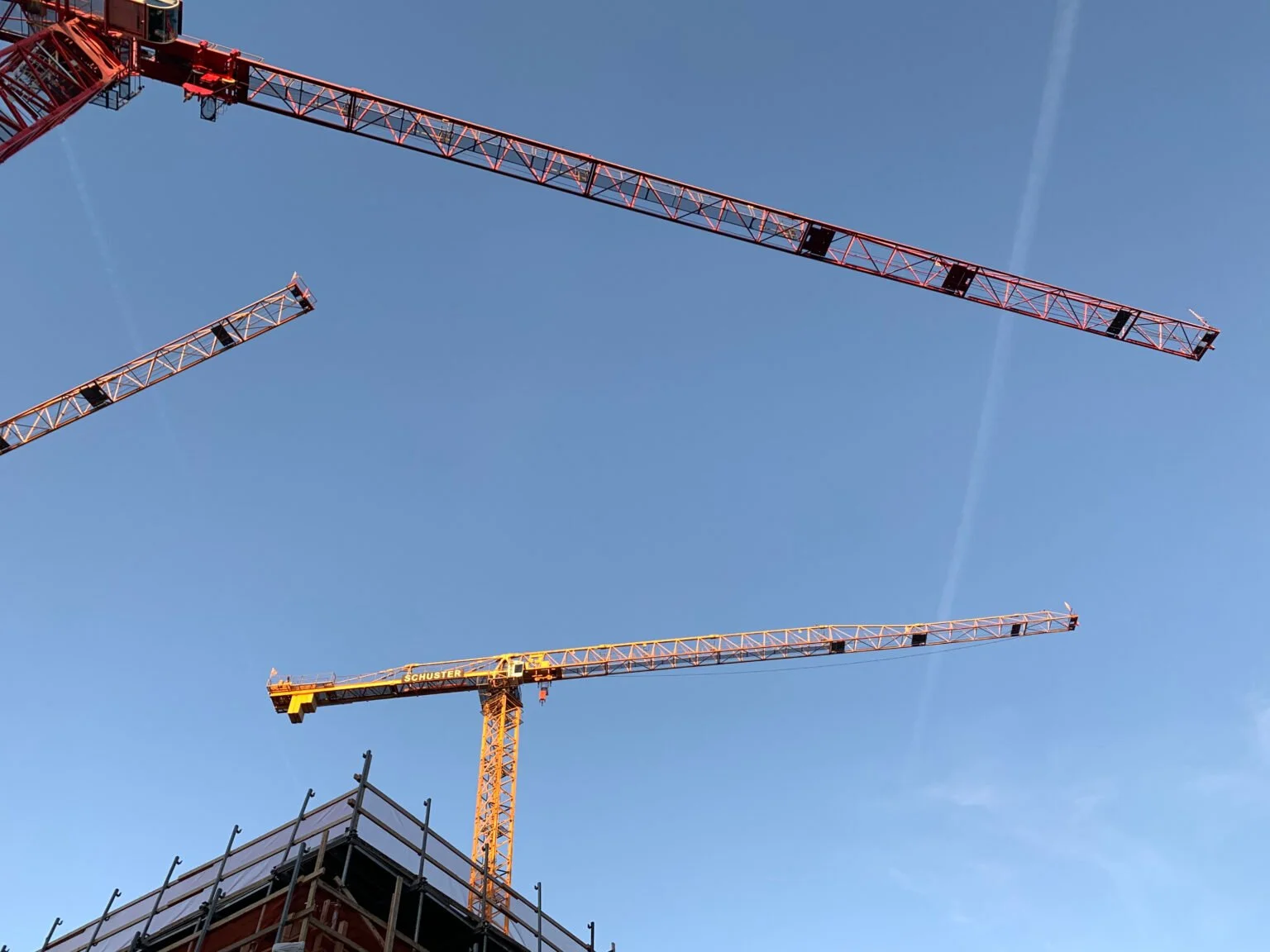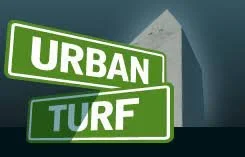Right now, homeowners are challenging hundreds of apartments and townhomes that developers have applied to build in Montgomery County, including more than 180 homes for lower-income residents. The citizen activists, most of whom have hired lawyers, contend that the new housing will clog traffic, harm the environment, block views, create construction noise, or have other negative effects on their quality of life. At least one dispute has been elevated to court.
Read MoreThe United States is facing a housing crisis of epic proportions, as prices skyrocket in municipalities across the country. For the middle class, it's a question of too many buyers chasing too few homes. For many Americans, however, housing is increasingly unaffordable without subsidy — of which there is not enough to meet the need.
Read MoreGood news is hard to come by on the housing front. The eviction moratorium has expired. Experts now predict skyrocketing home prices may rise indefinitely. According to a Pew study, more American adults today consider affordable housing a major worry in their communities than crime, drugs or Covid-19.
And no wonder. The lack of affordable housing is inseparable from racial and other disparities in health, education, public safety and economic opportunity. New York, by one estimate, is now the nation’s most segregated state. Not coincidentally, its deficit of nearly 650,000 affordable housing units is surpassed only by California’s.
Read MoreProspective homebuyers and renters across the United States have seen prices surge and supply plummet during the coronavirus pandemic. Amid these circumstances, about half of Americans (49%) say the availability of affordable housing in their local community is a major problem, up 10 percentage points from early 2018, according to a Pew Research Center survey conducted in October 2021.
Read MoreConservatives will tell you that people are moving to Texas and Florida for the low taxes; but while New York’s taxes are indeed high, there’s not much evidence that they’re driving high-income residents away. What people are really doing is moving to places where housing is affordable, because governments don’t block new construction. And in the case of New York, NIMBYism is ultimately the reason a great global city has become a one-industry town, leaving it unusually vulnerable to pandemic-driven economic dislocations.
Read MoreHomelessness is not a new issue, but it is one that often doesn't receive a lot of attention. The number of Americans living without homes, in shelters, or on the streets continues to rise at an alarming rate. Estimates show that as many as half-a-million people are homeless in the U.S. on any given night. Judy Woodruff reports on why that is, and what more can be done to prevent it.
Read MoreD.C. Mayor Muriel Bowser on Thursday unveiled her plans to build almost 2,000 units of affordable housing in neighborhoods west of Rock Creek Park, the city’s wealthiest and whitest area — and the one with the smallest current stock of housing that’s affordable to low- and moderate-income residents.
Read MoreIn 2015, the D.C. Council ordered the municipal government to begin the process of creating the city’s first-ever Cultural Plan to guide public investment in the arts. Two key areas of real estate needs for artists emerged from the Cultural Plan: affordable housing and studio space. While programs exist to support the creation of below-market-rate residential units, developers are finding it is far trickier to meet the commercial needs of the creative community, which struggles with permitting and access to capital.
Read MoreA searing audit of D.C.’s most important affordable housing funding source has reignited concerns about opaque decision-making and a lack of accountability at the city’s Department of Housing and Community Development, and a member of the D.C. Council’s housing committee now plans to introduce legislation to tighten oversight of the agency. The recent report from D.C.’s Office of the Inspector General says the housing agency, under the recently retired director Polly Donaldson, failed to meet a legally mandated goal to direct at least 50% of the city’s annual Housing Production Trust Fund dollars toward creating and preserving homes for the city’s poorest residents.
Read MoreI don’t know if you’ve heard this, but America is running out of affordable places to live. If you’ve lived in any city for the past five years, this likely isn’t news to you. Why? It’s a combination of strict zoning policies, changes in demand and supply, and growing inaccessibility for low income families among a lot of other factors.
Read MoreScaling upward as opposed to outward would reduce costs, create lively streets and sidewalks, and allow for more human interactions, which, in turn, would provide opportunities for newcomers and immigrants to enter the middle class. Why hasn’t this happened, especially in the face of severe housing shortages in America’s busiest cities? Glaeser argues that a combination of empowered homeowners, hostile governments and inertia has made it nearly impossible for these cities to grow to their full potential.
Read MoreDecades in the making, the U.S. is facing a worsening housing shortage that is pushing housing prices and rents higher, and signs are pointing to it getting worse before it gets better. Experts estimate the country needs to add 2 million housing units per year to accommodate a population that grew by 7.4% over the past decade, according to the recently released 2020 U.S. census data. But last year, the country produced just 1.3 million units of housing, and construction prices, labor shortages and restrictive zoning and building codes are making it unlikely the gap is going to shrink anytime soon.
Read MoreThe solution to high housing costs could not be simpler: Build more homes. To address housing affordability, many progressives have advocated subsidized affordable housing programs. These programs may not be adequate to generate sustained cost reductions, and they aren’t necessary. What will work with certainty are the laws of supply and demand. If we increase the supply of housing enough, prices will fall. Any solution to our infrastructure problems will likewise boil down to the need to build infrastructure. But to build housing and infrastructure, we must sweep aside the regulatory obstacles that stand in the way. In housing, zoning and related rules are the culprits behind the restricted supply of new homes.
Read MoreThe United States, you might know by now, is in the throes of a housing crisis: Across the country, Americans are running out of affordable places to live. This was true even before the coronavirus swept the globe, when hundreds of thousands of Americans, if not millions, were homeless, nearly half of renters were cost-burdened, and close to two-thirds said they couldn’t afford to buy a home. And while some hoped last year that the pandemic would transform the nation’s cities into beacons of affordability, it’s a hope that in recent months has proved short lived.
Read More"We saw a lot of instances where apartments have gone in and brought in some sort of amenity with them whether it's trails or open space, they made the community more or less walkable in certain places. That in itself brings value when you bring new residents, new dollars to a community. So, that in itself is looked at as an investment. So, you have more support for your local retail, more support for your local arts community. You now have a bigger tax base because you've added more residents on a per-acre basis. There are studies like this all over the country that look at apartment impacts on home values and that's kind of some of the major takeaways in the literature.”
Read MoreOver the past decade-plus, that status quo has been one of growing inequities and displacement of often long-term low-income, Black, and Latinx residents. A few councilmembers stated that the Plan wouldn't adequately address equity until it is rewritten entirely, a process that is seemingly just around the corner.
Read MoreEconomically discriminatory zoning policies - which say that you are not welcome in a community unless you can afford a single-family, sometimes on a large plot of land - are not part of a distant, disgraceful past. In most American cities, zoning laws prohibit the construction of relatively affordable homes - duplexes, triplexes, quads and larger multifamily units - on three quarters of residential land.
Read MoreMr. Biden has the right goal - reducing regulatory barriers on new construction could have wide-ranging economic benefits that exceed anything else in his $2 trillion plan. But a competitive grant program is too weak to overcome the entrenched interests - like the homeowners who control local zoning boards and the wealthy residents of cooperatives who oppose all neighborhood change - that limit building in productive places.
Read MoreA new report shows that the construction of new affordable housing in D.C. and around the region isn't keeping pace with the goals set by regional leaders. The D.C. region is falling woefully behind its own goals for the construction of new affordable housing through 2030, according to a new analysis by the Housing Association of Nonprofit Developers. The organization’s new “Housing Indicator Tool,” a dashboard released Tuesday and exclusively previewed for the Washington Business Journal, shows that none of the 10 jurisdictions examined around Greater Washington met their goals for new affordable homebuilding in 2019 or 2020.
Read More



















